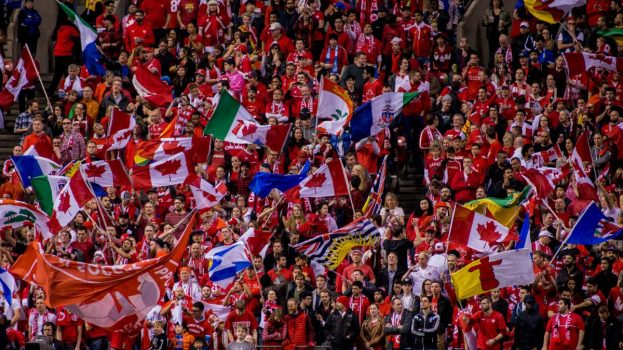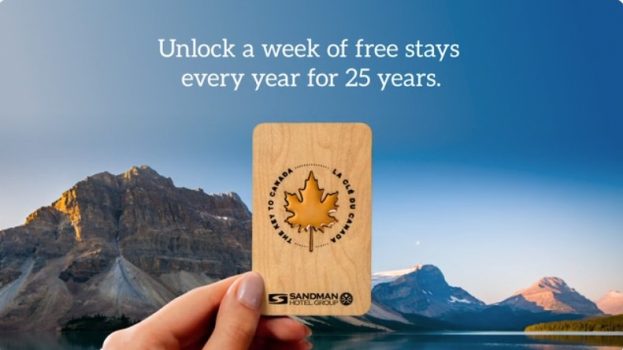
COVID-19 has negatively affected the performance of loyalty programs, their use, and member behaviour, both overall and when looking individually at what are typically seen as the most engaging programs in the country.
These are among the findings of this year’s LoyalT study from Leger and relationship marketing agency R3. The annual survey uses the responses from 5,000 online surveys to come up with what it calls a “LoyalT” score through a proprietary method. The score is mostly based on behavioural measures – how able a program is to make members more loyal and change purchase behaviour – but also gauges engagement with content a brand produces, how likely they are to redeem points and the frequency at which the program drives members to recommend a brand to friends and family.
The biggest finding this year was that there was a 13% decline, or 7.2 points, in scores for all loyalty programs covered by the survey. That covers all areas the survey measures: behaviour dropped by 8.5 points, engagement by 10.3 points and recommendation by 13.5 points.
The biggest decreases were seen in programs from fashion and beauty retailers, attributed to mall closures affecting redemption and use.
“It is difficult to bring a fashion and beauty program to life when shopping centres are closed,” explains Hans Laroche, partner at R3 Marketing.
Another factor that could be impacting engagement is that fact that members perceive promotions and offers to be “less generous” than in previous years.
In terms of factors that continue to improve engagement are that members overwhelmingly prefer personalized offers over general ones (55% to 19%); for 26% of members between the ages of 18 to 34, they participate in gamified promotions either “most of the time or always.” The addition of “premium” tiers and offers, as well as co-branded credit cards, also tends to improve performance scores, though that is more apparent in English Canada than Quebec.
Mobile use continues to rise in loyalty. On average, 42% of members mainly use their cell phones to engage with their loyalty program, with Quebec-based confectionary brand Chocolats Favoris leading the way at 81%. Also, Amazon Prime premium membership significantly overindexes in the rest of Canada compared to the province of Quebec (41% versus 27%) while Costco is relatively equal (52% to 51%).
The annual report also includes a ranking of individual programs. This year, Irving Rewards came in on top at 62.8, with the gas retailer edging out Starbucks and Tims Rewards (see graphic, below). The report attributes the 15-point score boost to Irving’s improvements to its program in Quebec and Ontario, namely making it easier to get and use savings on every purchase members make.
Most programs, however, were relatively flat in terms of changes to their scores. Quebec booze retailer SAQ is the only brand other than Irving, to see its loyalty program’s score increase from the last survey, up 4 points.
SAQ’s redemption rate was also around 58%, down slightly compared to 62% of members regularly redeeming points in the last survey. A number of other top-performing programs have also had drops in their redemption rates – Metro & Moi went down from 70% to 56% from 70%, with Starbucks’ decreasing from 68% to 56%. The Leger team attributes this to people hoarding points for future use.
























